The history of the disco ball and the disco craze
Step into a world where light bounces in a thousand directions, casting a glittering glow on everything below. The disco ball, an iconic symbol of the disco era, has fascinated generations with its charm and charisma.
Known for their mesmerizing sparkle, disco balls became synonymous with the lively and exuberant nightlife of the 1970s. The disco craze wasn’t just a dance phenomenon; it was a cultural revolution that influenced music, fashion, and entertainment.
The Origins of the Disco Ball: A Shimmering Beginning

The disco ball’s origins trace back to the early 20th century. The first mirrored balls were used in nightclubs as early as the 1920s, though they weren’t called disco balls yet. Known as ‘mirror balls,’ these early versions added a touch of glamour to dance floors long before they became a staple of the disco era.
They were made by placing hundreds of small mirrors onto a lightweight plastic or metal sphere, creating the iconic twinkling effect that we recognize today.
From Dance Halls to Nightclubs: The Rise of the Disco Ball
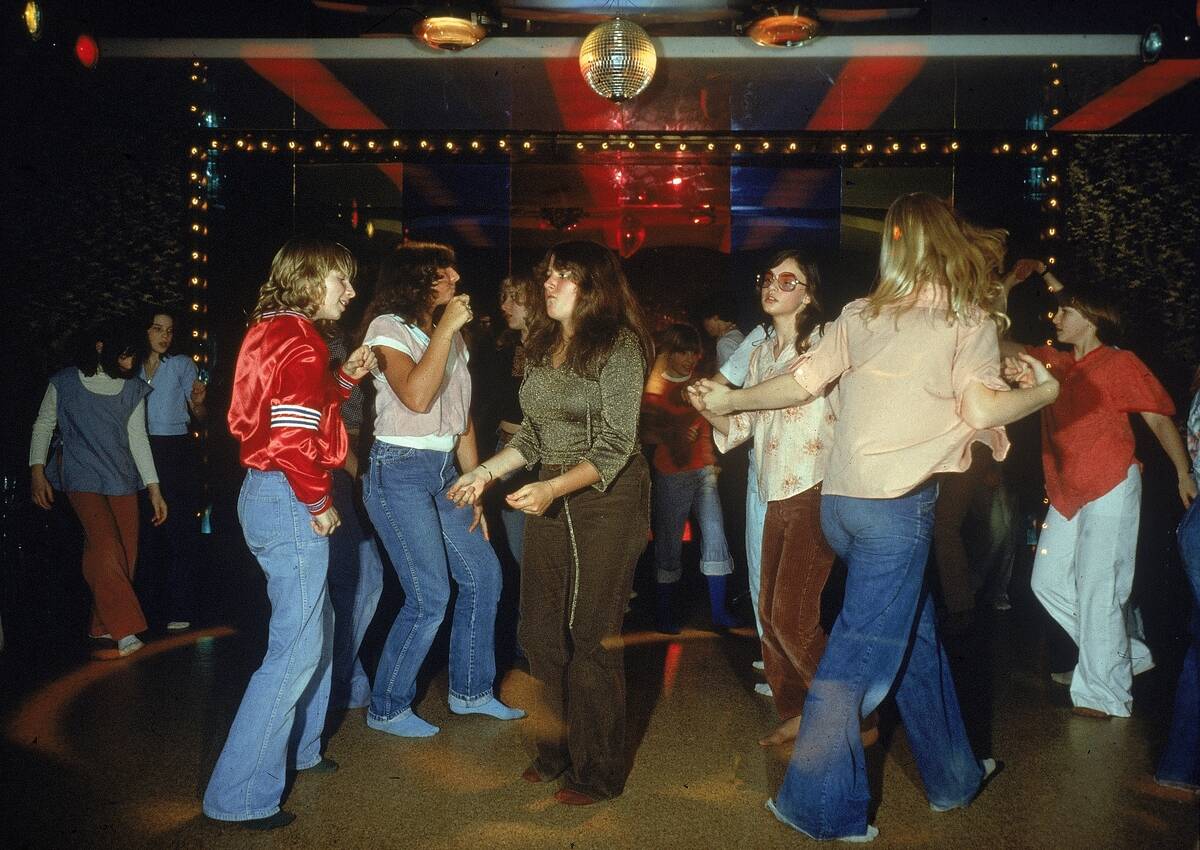
As music evolved, so did the places where people gathered to dance. By the 1970s, nightclubs were the epicenter of social life, and the disco ball was their crown jewel. Dance floors were transformed by the ethereal glow of thousands of mirrored reflections.
Clubs across the world installed these glittering globes to enhance the immersive experience of disco music. They became a symbol of freedom, expression, and the vibrant nightlife of the disco age.
The Science of Sparkle: How Disco Balls Work
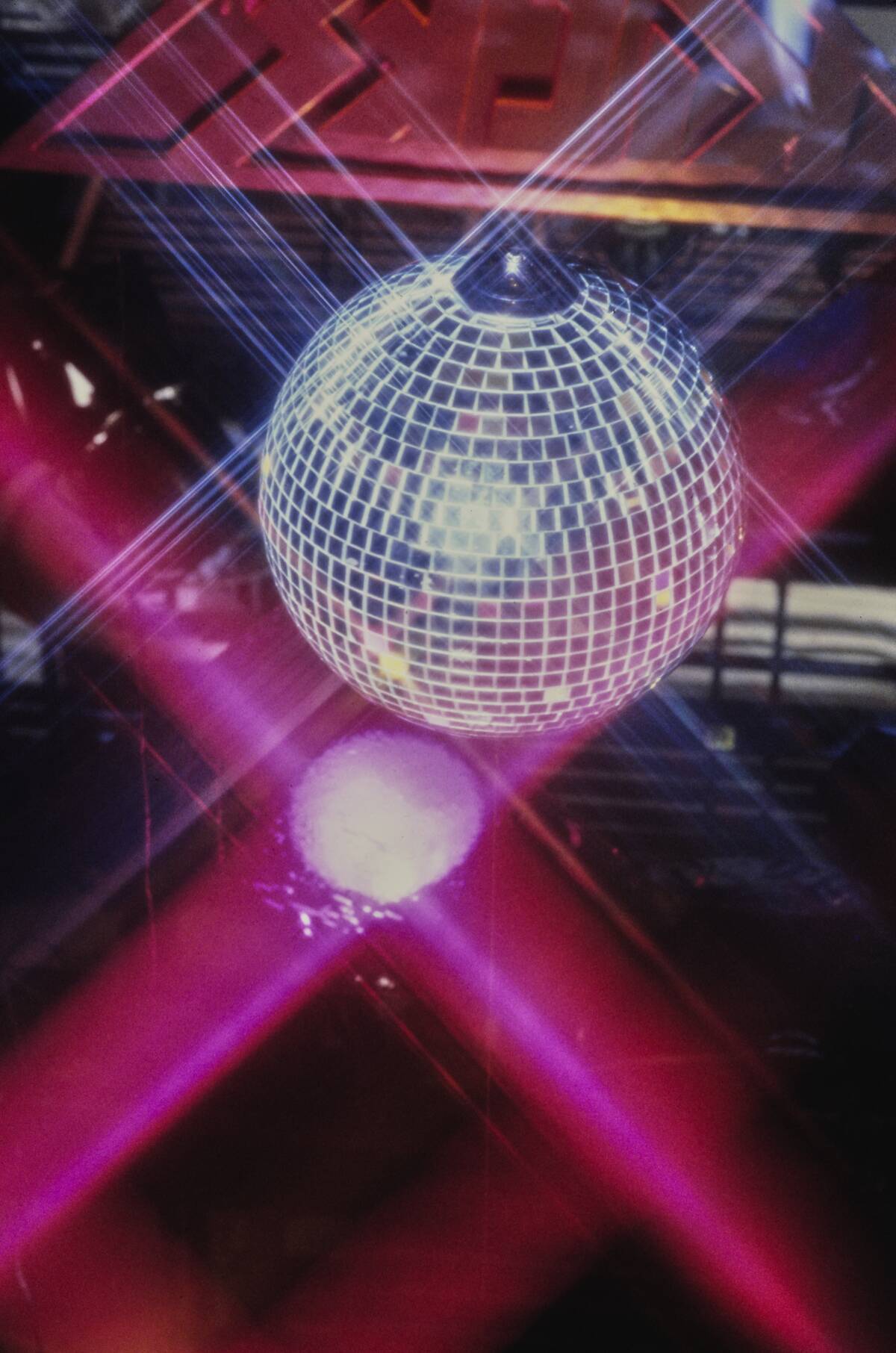
The magic of a disco ball lies in its simplicity. As it rotates, a spotlight shines on the ball, reflecting light off the hundreds of mirrors. This creates a dazzling display of moving light spots, transforming any space into a dynamic environment.
The reflection angles depend on the positioning of the mirrors, and even a subtle change can alter the entire visual effect. It’s a perfect blend of basic physics and creative design that captivates audiences.
The 1970s: The Golden Era of Disco

The 1970s marked the peak of the disco phenomenon, a time when disco balls spun above crowded dance floors worldwide. Disco music, characterized by its steady four-on-the-floor beats and lush orchestration, became the anthem of the decade.
Artists like Donna Summer and the Bee Gees ruled the charts, and disco culture permeated every part of life, from fashion to film. It was an era that celebrated diversity, liberation, and the joy of dance.
Iconic Discotheques of the 1970s: Where the Disco Ball Reigned
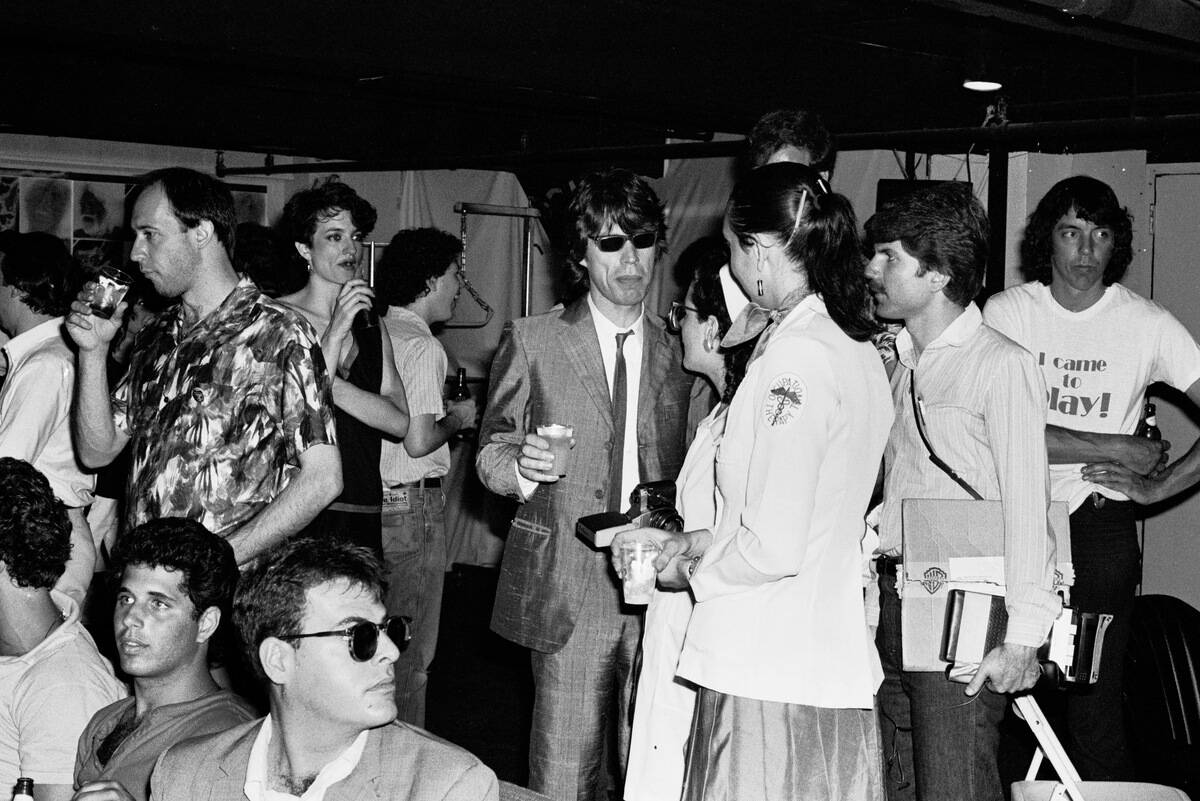
The 1970s saw the rise of legendary discotheques that became cultural landmarks. Clubs like The Loft in New York City and Studio 54 became famous for their opulent design and lively atmosphere. Each venue had its own unique twist on the disco experience, often featuring multiple disco balls and cutting-edge light shows.
These nightspots were more than just dance halls; they were social hubs where people from all walks of life gathered to celebrate the music and each other.
Studio 54: The Legendary Nightclub that Defined an Era
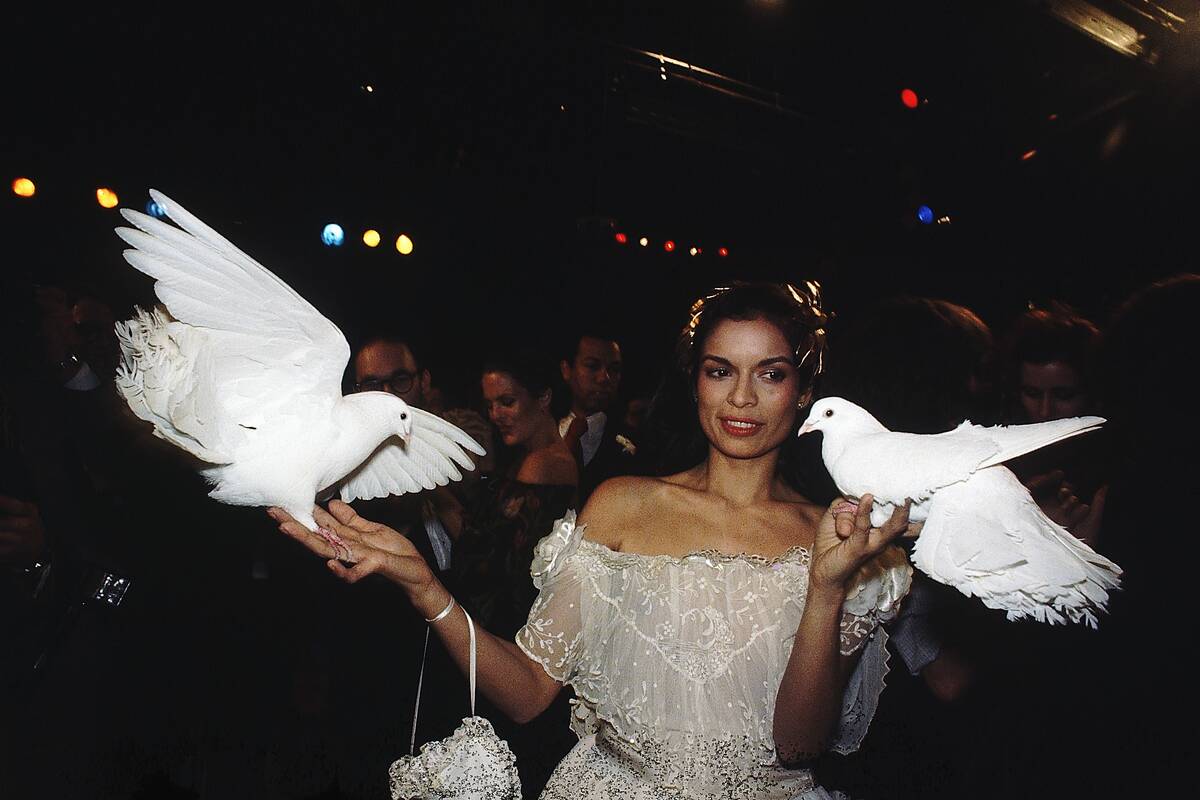
Studio 54 was more than just a nightclub; it was an icon of the disco era. Known for its exclusive guest list and extravagant parties, it became a playground for celebrities and socialites. The club’s infamous door policy and the wild antics inside made headlines.
Its dance floor, illuminated by the spinning disco ball, became the heart of the party. Studio 54 encapsulated the hedonistic spirit of the 70s, leaving an indelible mark on nightlife history.
The Fashion of Disco: Sequins, Polyester, and Platform Shoes
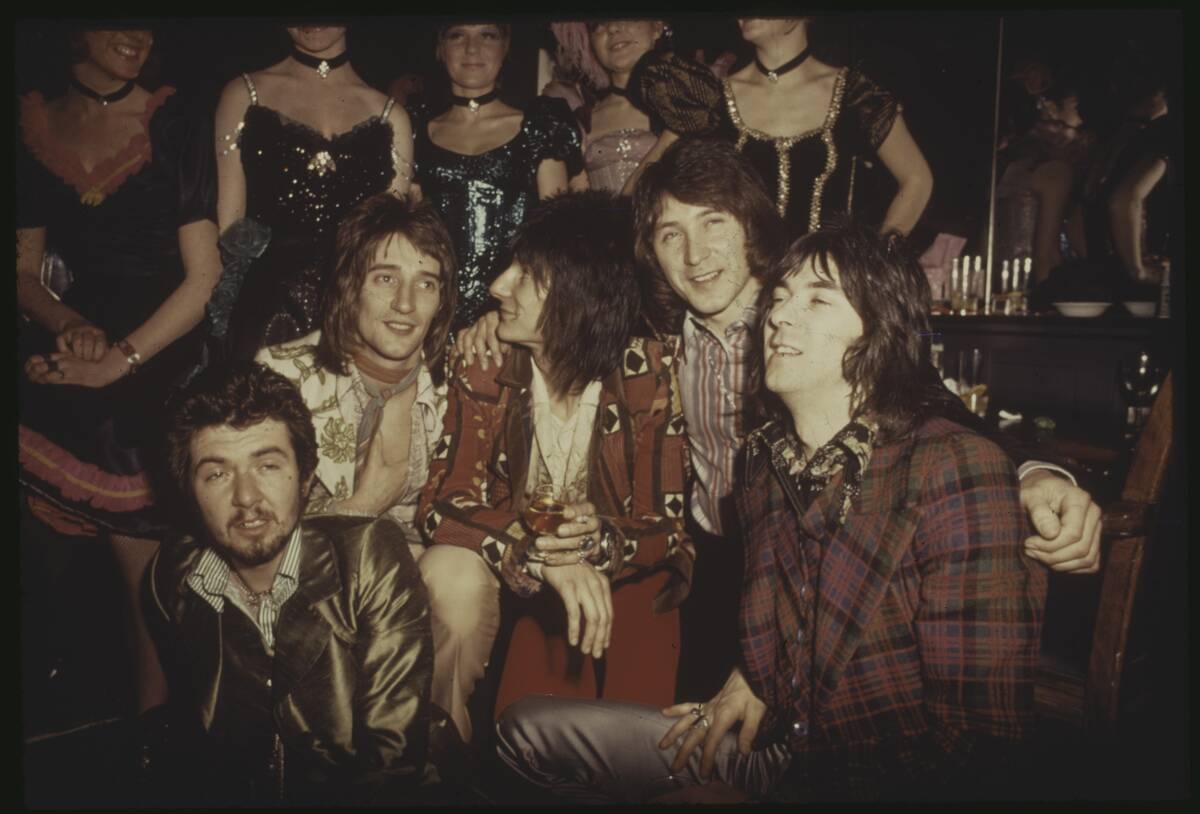
Disco fashion was as vibrant and eclectic as the music itself. It was an era of bold choices, with glittery sequins, shiny polyester, and towering platform shoes dominating the scene. Fashion icons embraced daring silhouettes and bright colors, reflecting the flamboyant energy of the dance floor.
Outfits were designed to catch the light and shimmer under the glow of the disco ball, making every night out feel like a glamorous event.
Disco Music: The Soundtrack of a Generation
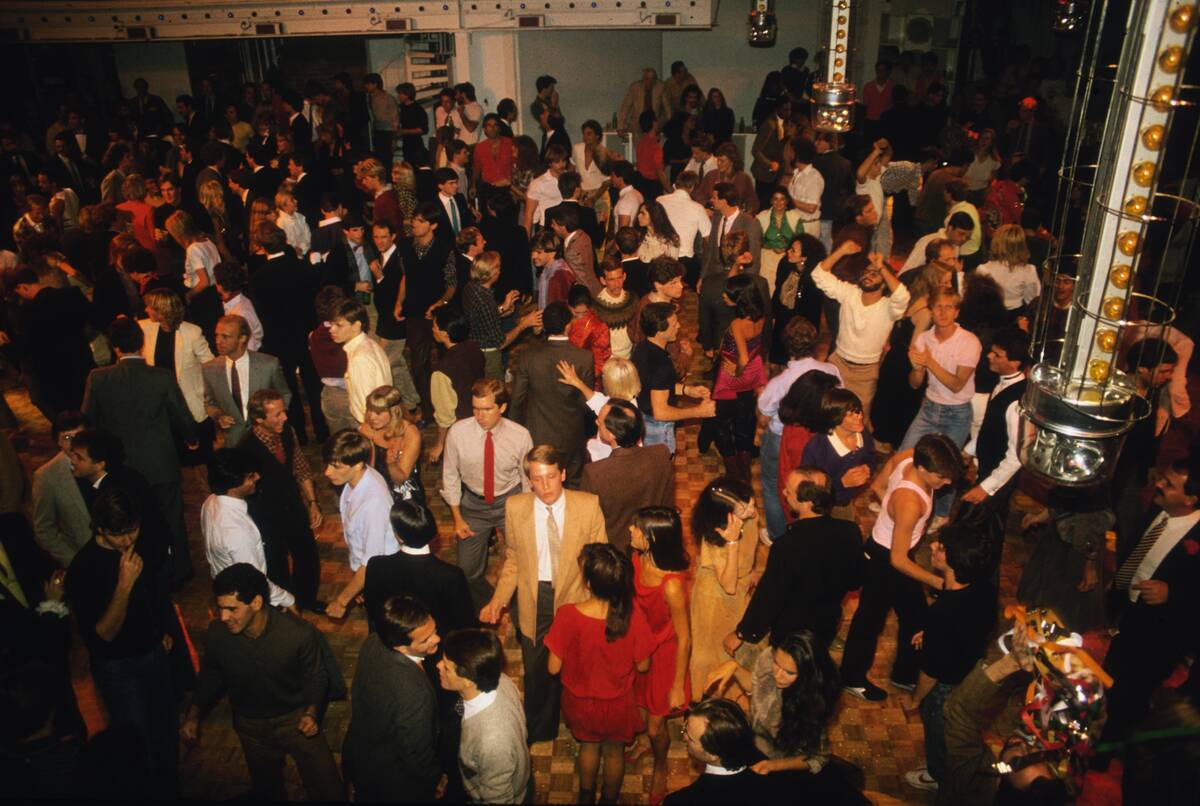
The sound of disco music was unmistakable, with its pulsating rhythms and soulful melodies. Songs like “Stayin’ Alive” by the Bee Gees and “I Will Survive” by Gloria Gaynor became anthems of empowerment and resilience.
Disco music provided a soundtrack for the era’s social changes, promoting messages of love, freedom, and unity. It brought people together on the dance floor, where they could lose themselves in the infectious beats and let go of their inhibitions.
Saturday Night Fever: The Movie that Took Disco Mainstream
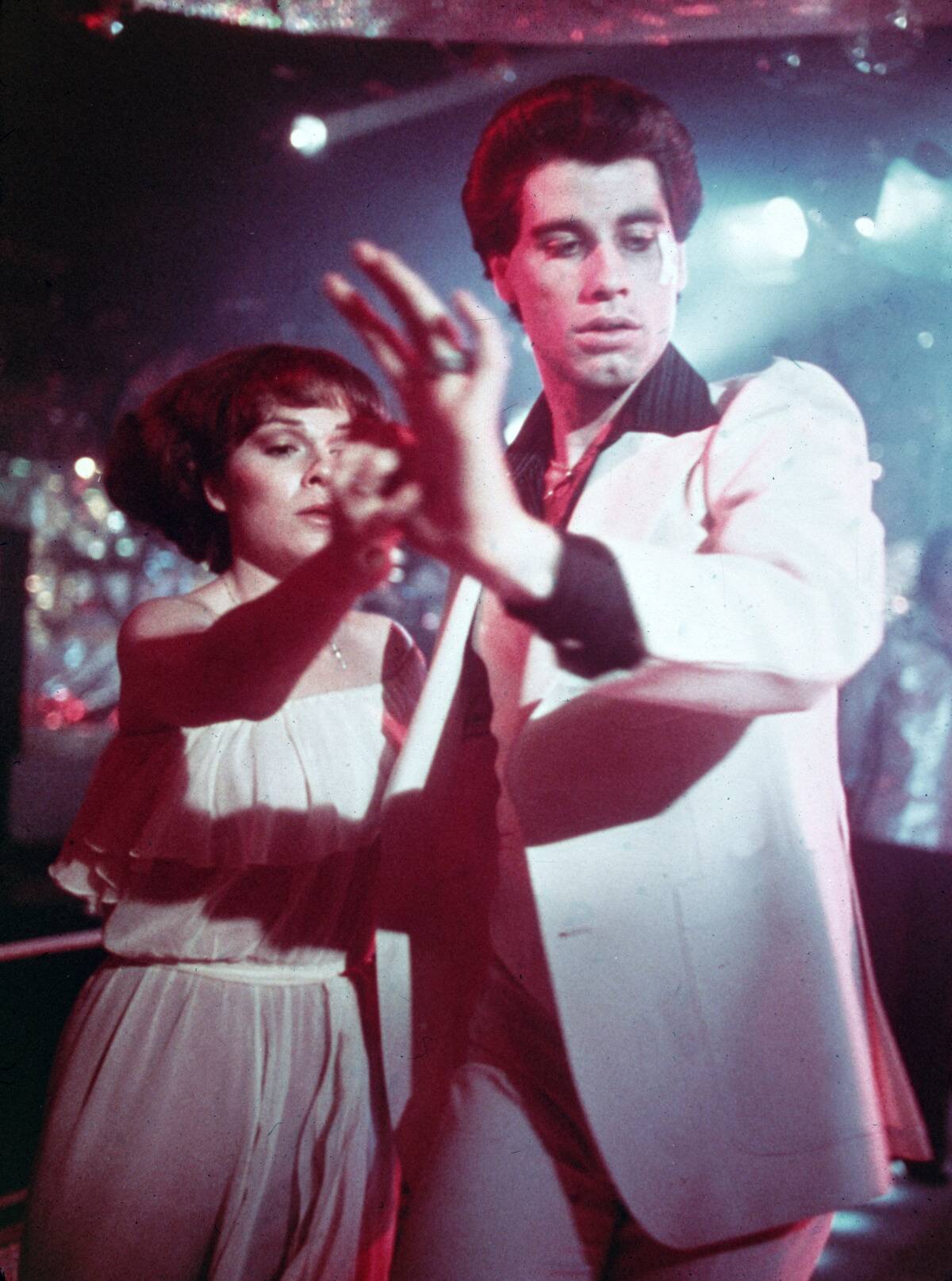
Released in 1977, “Saturday Night Fever” catapulted disco into the global spotlight. Starring John Travolta as Tony Manero, the film depicted the life of a Brooklyn disco dancer and captured the essence of the era.
Its soundtrack, featuring hits by the Bee Gees, became one of the best-selling albums of all time. The movie not only popularized disco music and dance but also influenced fashion and culture around the world, cementing disco’s place in pop culture history.
Famous Disco Ball Moments in Pop Culture
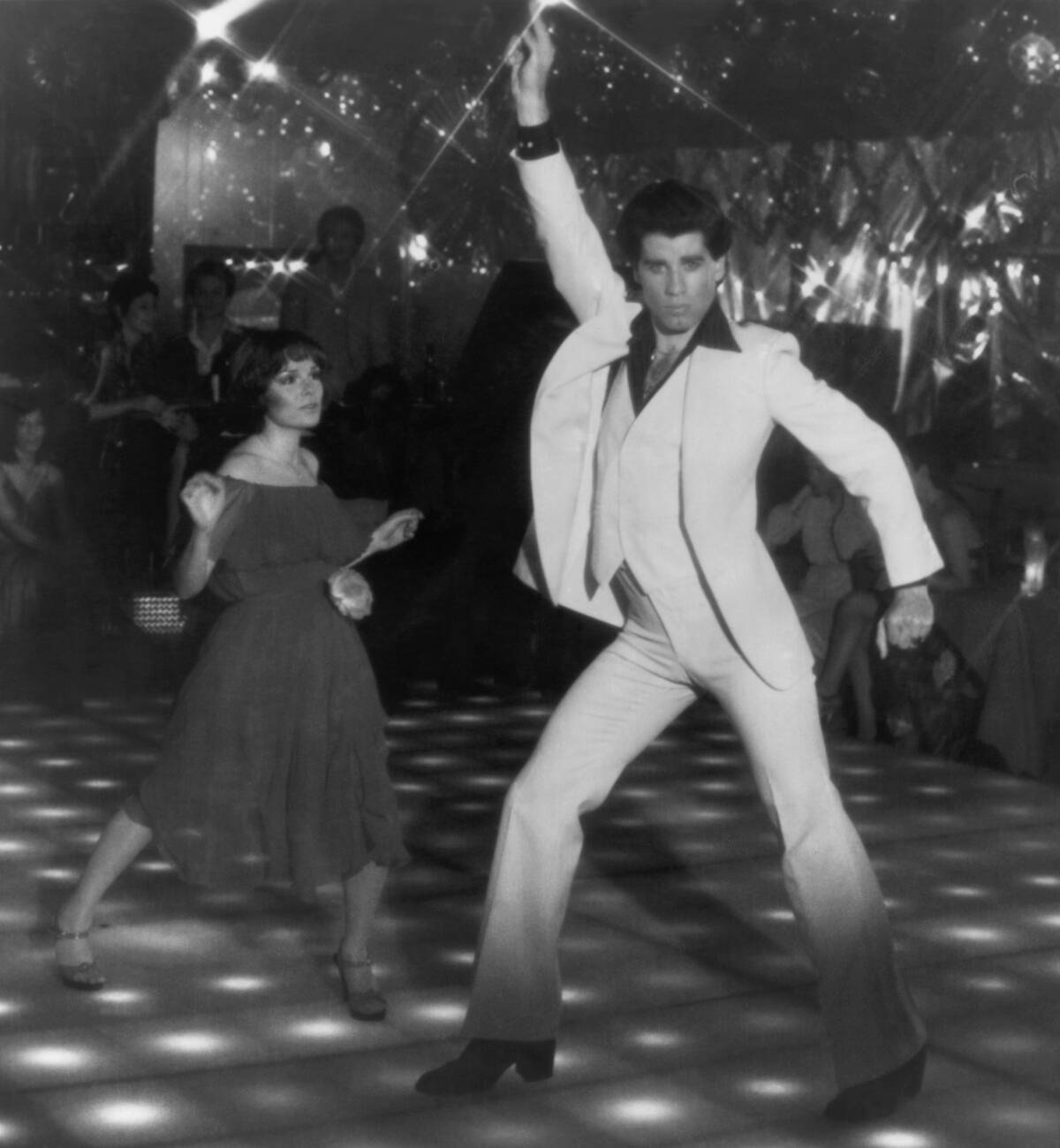
Disco balls have made memorable appearances in pop culture, from music videos to movies. One iconic moment was in “The Last Days of Disco,” a film that captured the waning days of the disco era with authenticity.
Music videos, like Madonna’s “Hung Up,” have featured the glittering orb to evoke the nostalgia of disco. These moments remind us of the enduring appeal of the disco ball, a timeless symbol of fun and celebration.
The Decline of Disco: What Happened to the Craze?
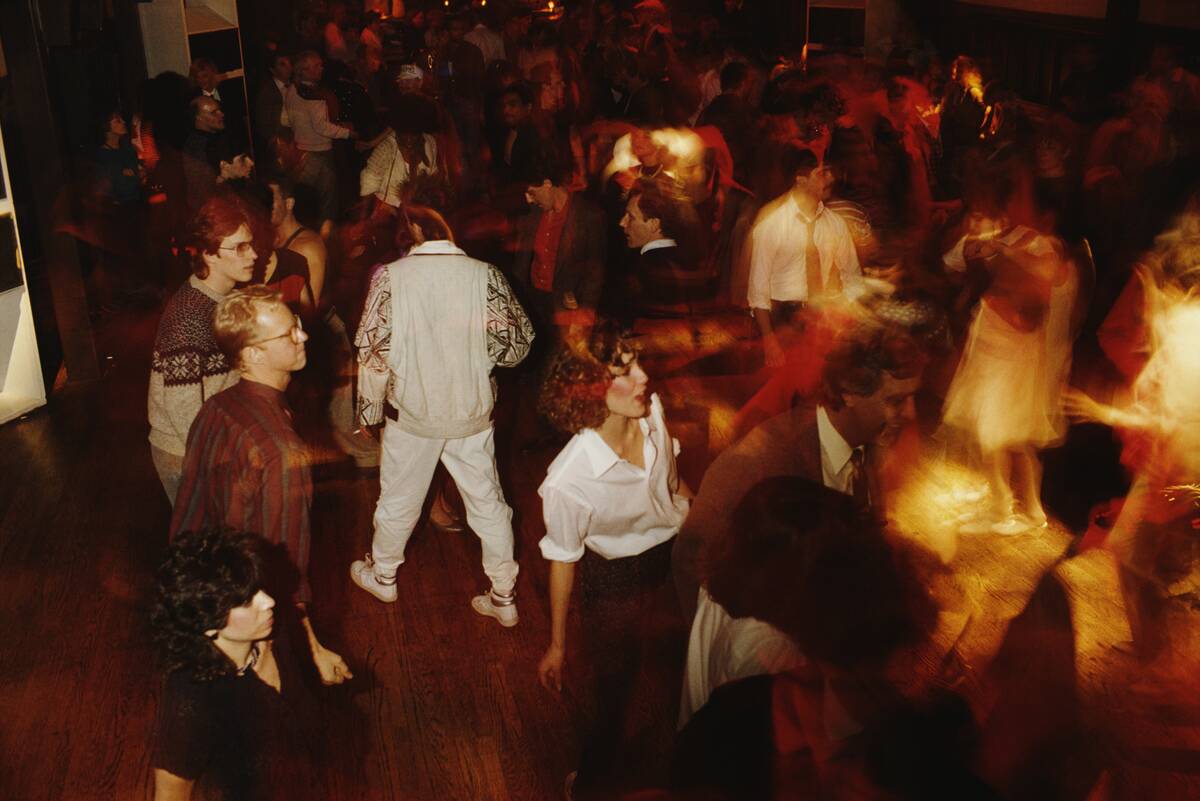
By the early 1980s, the disco craze began to wane. The “Disco Demolition Night” in 1979, a promotional event at a baseball game, marked a turning point with its destructive tone. The event symbolized a backlash against the genre, seen as overly commercialized and formulaic.
As musical tastes shifted towards rock and new wave, disco’s popularity declined. However, its influence persisted, laying the groundwork for electronic dance music and the club culture of the future.
Disco Ball Revival: The 1990s and Beyond

The 1990s saw a resurgence of interest in disco, driven by nostalgia and new interpretations of the genre. Clubs began to embrace the retro charm of disco balls, and artists like Jamiroquai and Daft Punk drew inspiration from disco sounds.
This revival brought the classic sparkle back to dance floors, proving that the allure of disco never truly faded. The disco ball found a place in modern club culture, bridging the gap between past and present.
Modern Uses of Disco Balls: From Weddings to Festivals
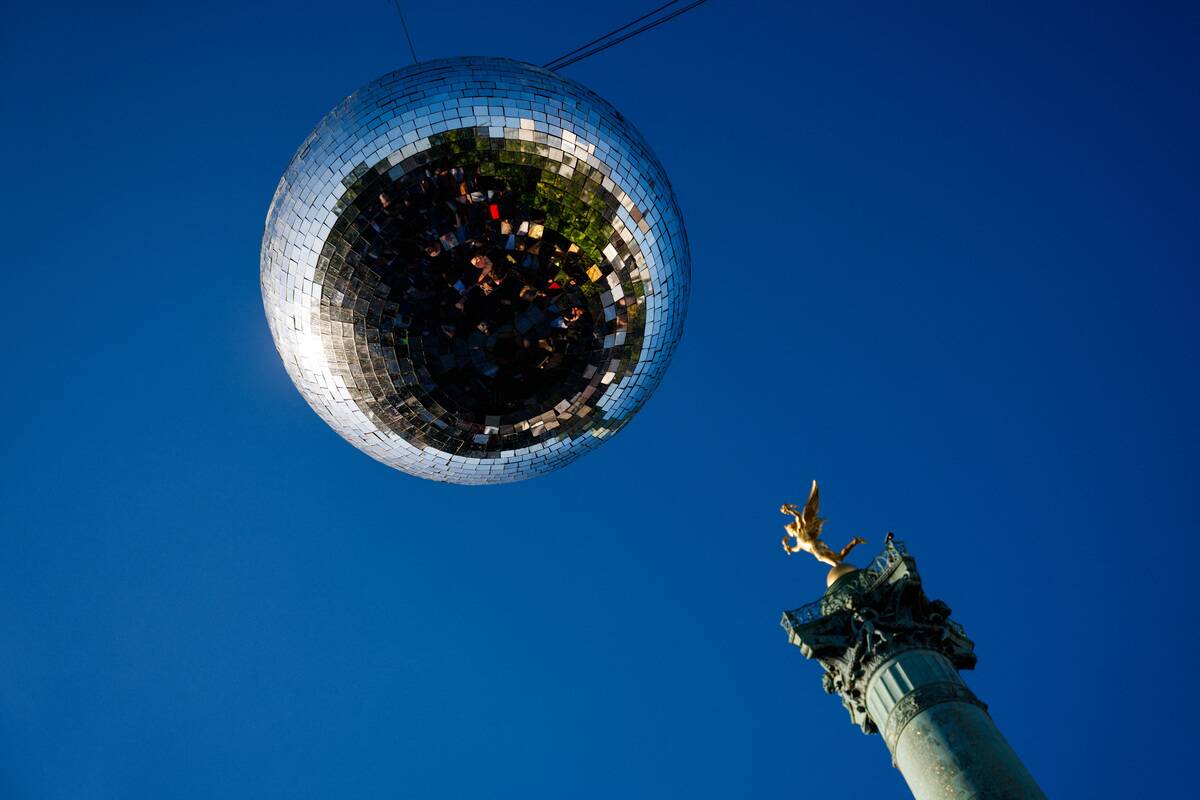
Today, disco balls are no longer confined to nightclubs; they have found new life in diverse settings. They add a touch of glamour to weddings, transforming venues into romantic, starry wonderlands.
Music festivals often feature giant disco balls as part of their stage design, creating a sense of unity and celebration among attendees. Whether it’s a backyard party or a high-profile event, the disco ball continues to spread joy with its timeless charm.
The Cultural Impact of Disco: More Than Just a Dance Floor Fad
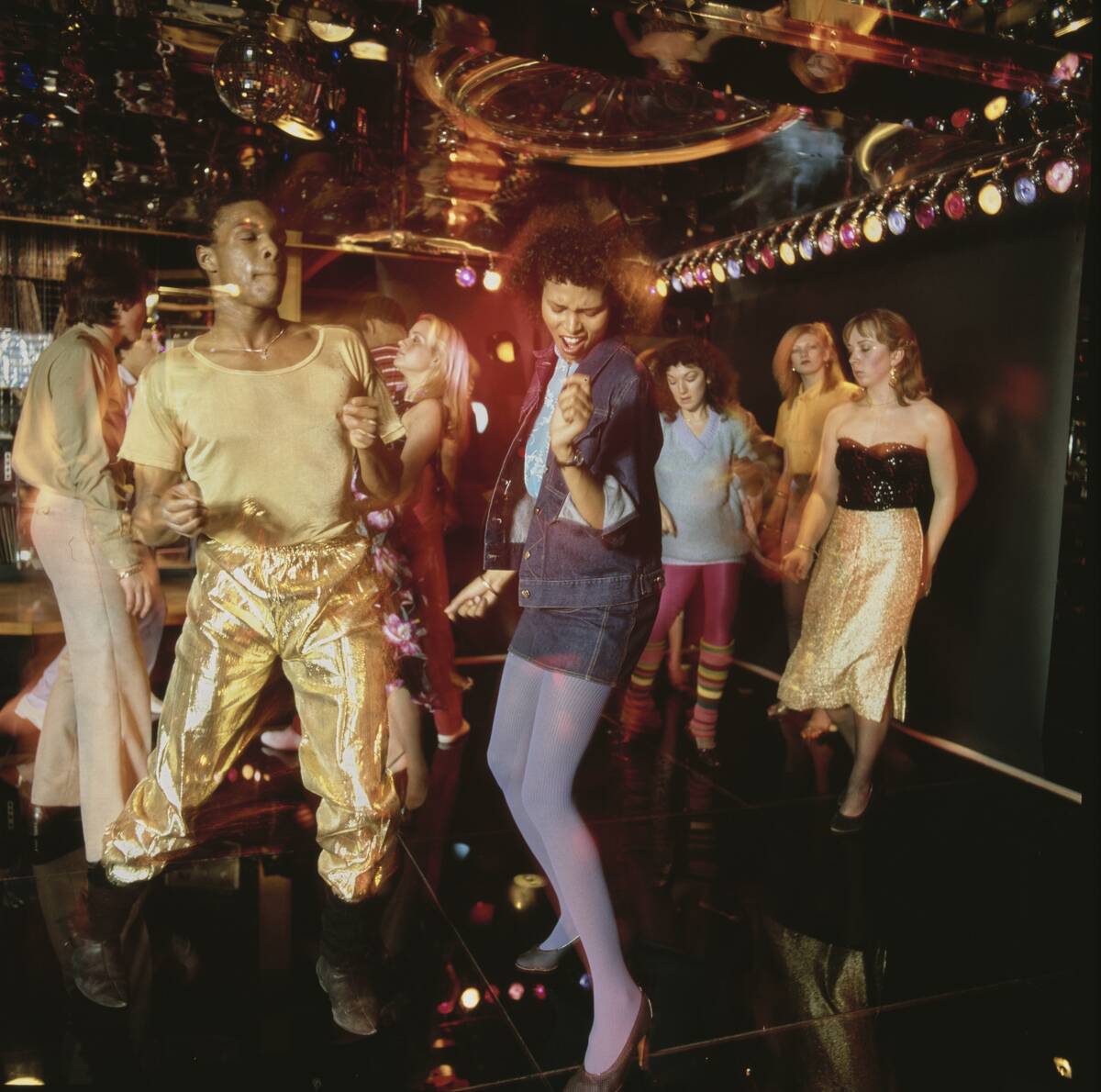
Disco was more than just a trend; it was a cultural movement that broke barriers and brought people together. It promoted inclusivity, providing a space where diverse communities could come together and express themselves freely.
Disco’s influence extended beyond music, shaping attitudes towards fashion, race, and sexuality. It was a celebration of life and an expression of individuality, leaving a lasting legacy that continues to resonate with new generations.
Collecting Disco Balls: A Hobby with History
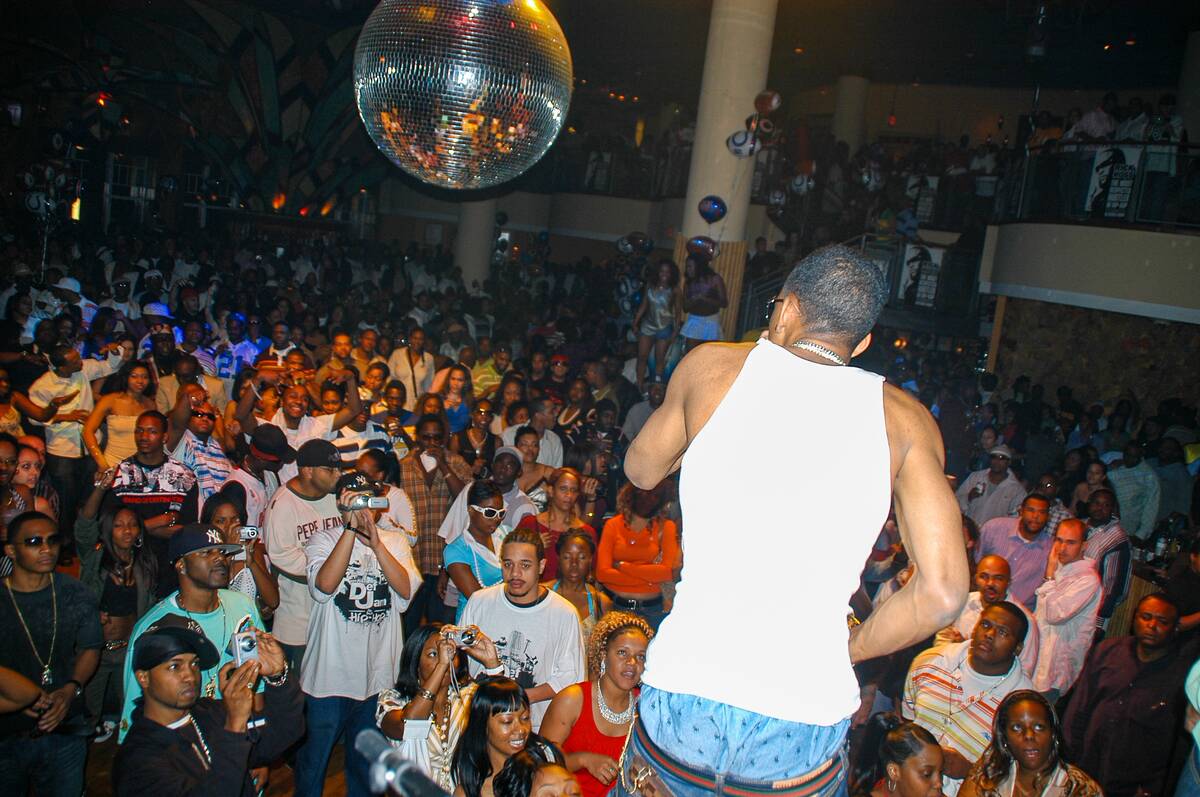
For some, collecting disco balls is more than a hobby; it’s a passion rooted in history and nostalgia. Enthusiasts seek out vintage disco balls from the 1970s, each with its own story and character.
Some collectors focus on unique designs or rare finds, while others appreciate the craftsmanship and nostalgia they represent. Whether displayed as art or used for their original purpose, these glittering spheres are cherished pieces of a bygone era.
DIY Disco Balls: Bringing Some Sparkle to Your Space
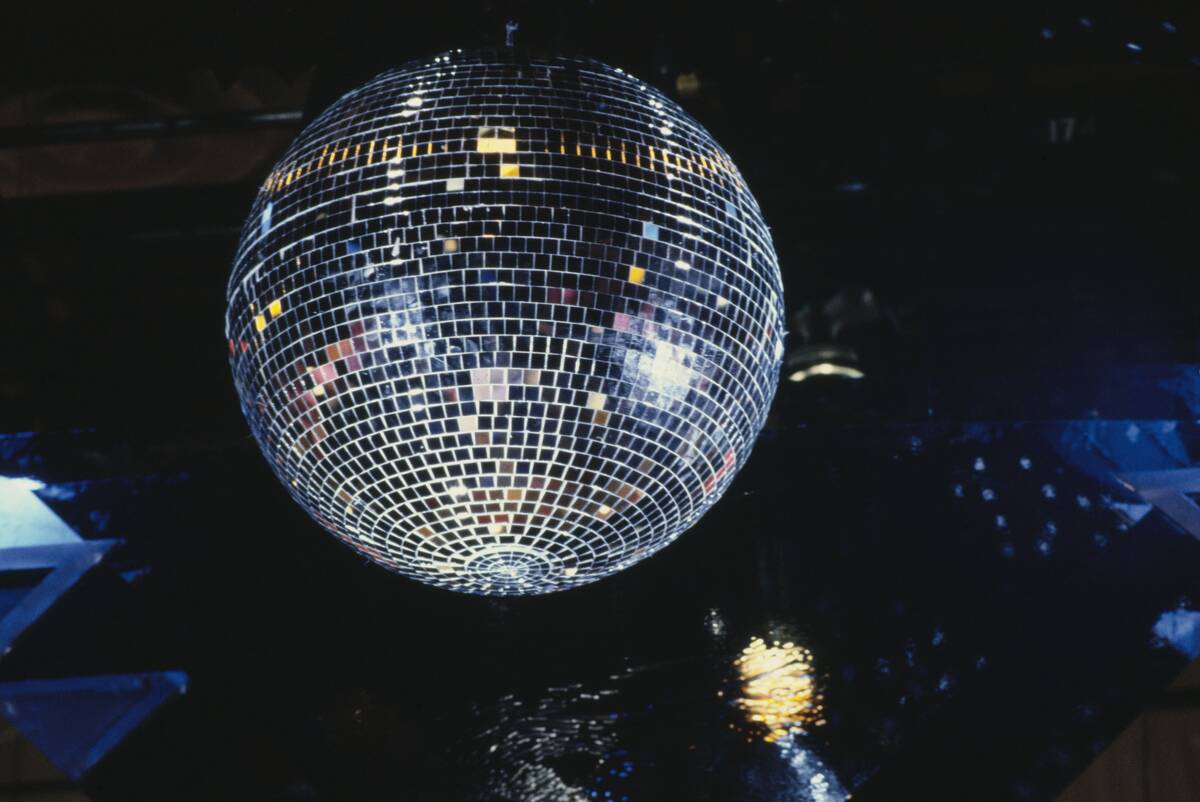
Creating a DIY disco ball can be a fun and rewarding project. With a few materials, such as a styrofoam ball, mirrored tiles, and glue, you can craft your own shimmering masterpiece.
Customizing the size and style allows for creative expression, making it a perfect addition to any space in need of a little sparkle. Whether hanging from the ceiling or used as a decorative centerpiece, a homemade disco ball adds a touch of disco magic to your home.



